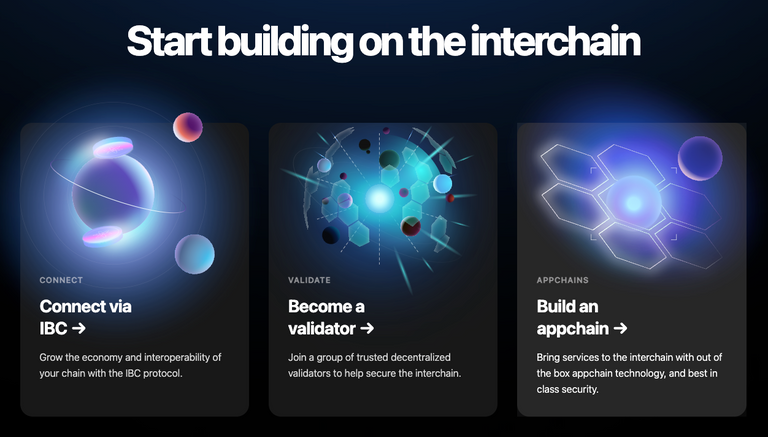The Cosmos blockchain ecosystem, often dubbed the "Internet of Blockchains," is at a pivotal point in its development. While it boasts a unique approach to interoperability and decentralization, it faces significant challenges in terms of adoption, performance, and community engagement. This article will explore the current state of the Cosmos ecosystem, compare it with Solana, and discuss its potential for future growth.

Understanding the Cosmos Ecosystem
Cosmos is designed to enable seamless interoperability between independent blockchains through its Inter-Blockchain Communication (IBC) protocol. This allows developers to create application-specific chains that can communicate with each other, fostering a diverse ecosystem of interconnected projects.
Key Components:
- Cosmos SDK: A framework for building custom blockchains.
- Tendermint: A consensus engine that powers these blockchains.
- IBC Protocol: Facilitates communication and asset exchange between chains.
Despite these technological advancements, Cosmos faces several hurdles:
Market Performance: The price of ATOM, Cosmos's native token, has experienced significant volatility. According to Messari's Q2 2024 report, ATOM's price dropped by 45.3% quarter-over-quarter, reflecting broader market trends and internal challenges.
Financial Metrics: Network revenues have also declined sharply, with a 47.9% drop in USD terms. This decline is partly due to the network's fee adjustment mechanism, which aims to maintain stable costs in USD despite fluctuations in ATOM's price.
Community Engagement: While Cosmos has a dedicated community, its scale and activity level are not as robust as those of Solana.
Comparing Cosmos with Solana
Solana is often seen as a competitor to Cosmos due to its high-performance capabilities and vibrant ecosystem. Here are some key differences:
| Aspect | Cosmos | Solana |
|---|---|---|
| Focus | Interoperability and customizability | High performance and speed |
| Community | Smaller, more niche community | Larger, active community with strong retail presence |
| Performance | Emphasizes cross-chain communication | Known for high throughput (up to 65k TPS) |
| Recent Developments | Introduction of stablecoins like USDC and USDT | Adoption of advanced token features like Token Extensions |
Solana's Advantages:
- High Throughput: Solana can process thousands of transactions per second, making it ideal for applications requiring fast execution.
- Robust Ecosystem: Strong presence in memecoins and NFTs has attracted a wide user base.
Cosmos's Strengths:
- Interoperability: Unique ability to connect multiple independent blockchains through IBC.
- Custom Blockchains: Developers can create tailored solutions for specific use cases without sacrificing connectivity.
Challenges Facing Cosmos
Adoption and Use Cases: Despite its technological capabilities, Cosmos lacks high-profile use cases that drive user adoption. The introduction of stablecoins like USDC on the platform could help boost DeFi activity.
Economic Model: The inflation rate of ATOM remains a concern for investors. However, recent proposals like ATOM 2.0 aim to improve tokenomics and value accrual for holders.
Community Engagement: Building a larger, more active community is crucial for Cosmos to compete with ecosystems like Solana.
Opportunities for Growth
Despite these challenges, there are several opportunities for Cosmos:
Stablecoin Integration: The introduction of stablecoins such as USDC and Frax Finance's products could enhance financial activity within the ecosystem.
Technological Innovations: Continued advancements in IBC and partnerships with projects like EigenLayer could attract more users by offering enhanced security and interoperability options.
Decentralized Applications (dApps): The potential for innovative dApps across DeFi, NFTs, gaming, and social platforms remains vast.
Wrap-Up
The Cosmos ecosystem stands at a crossroads. While it offers unique technological advantages in interoperability and customizability, it must overcome significant challenges in adoption and market perception to realize its full potential.
For investors and developers alike, understanding these dynamics is crucial. As the blockchain landscape continues to evolve towards a multi-chain future, Cosmos's vision of an interconnected network of blockchains could become increasingly relevant.
The next few years will be critical for Cosmos as it seeks to capitalize on its strengths while addressing its weaknesses. By fostering innovation and expanding its user base, Cosmos can position itself as a key player in the decentralized future.